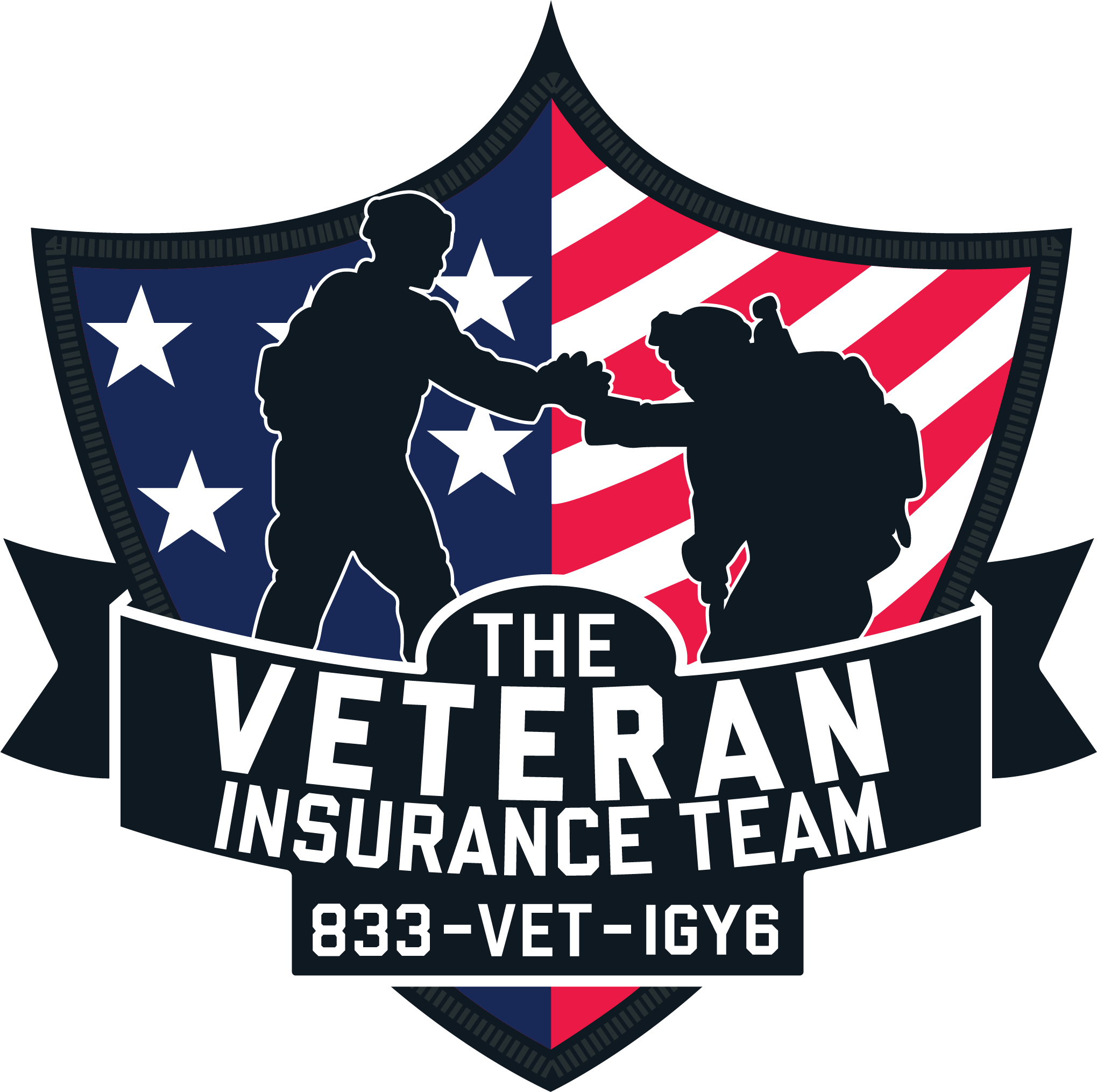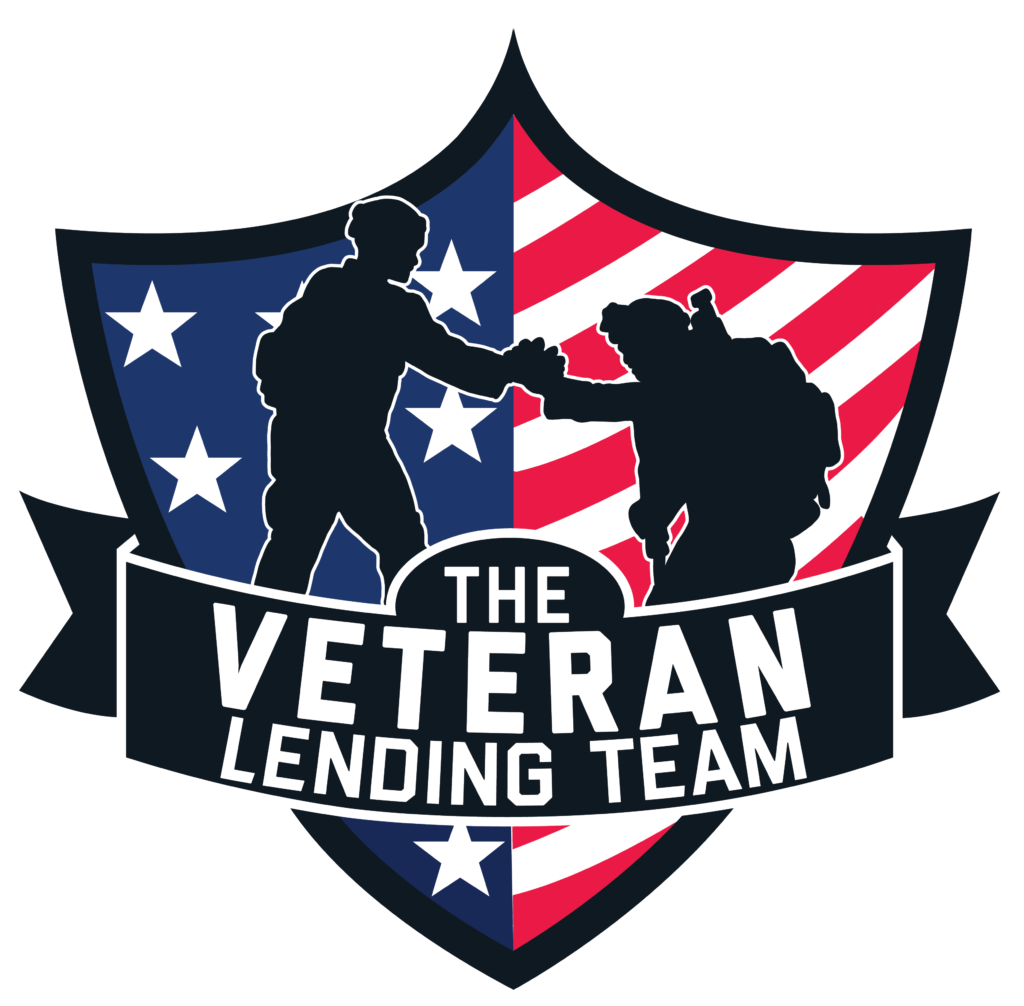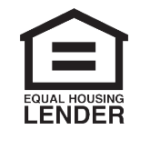What Can a Refinance Do for You?
Get Started Today
Do you have questions about refinancing your home? Our team can guide you through the process, step by step. From the appraisal to getting approved, our experts will help you meet your financial goals.
Thinking about Refinancing your home?
Let our team go to work for you.
A refinance loan can help you achieve your financial goals. Choose a loan type below to learn more
Types of VA Refinance Loans
In evaluating your options for a VA refinance, it’s helpful to understand what the VA program offers. Essentially, there are two types of VA refinance loans: the VA streamline refinance loan (IRRRL) and the cash-out loan. A “cash-out” loan doesn’t necessarily require you to take cash out. Let’s examine these refinance programs and how they can work for you.
VA Streamline Refinance
A VA streamline refinance, also known as an Interest Rate Reduction Refinance Loan (IRRRL), has a very specific purpose: to reduce your interest rate on your current VA loan. If you already have a VA loan, you may be able to get a VA streamline refinance loan for a lower interest rate and a lower monthly payment. Advantages of this program include:
- No new COE
- Reduced funding fee of 0.5% (waived for some)
- Less paperwork overall, leading to streamlined processing
- No appraisal required by the VA (lender requirements may vary)
A VA streamline refinance is a great way to reduce your interest rate with an often simpler process than that of a typical refinance. You can typically use the same COE you obtained for your current VA loan. In addition, due to fewer steps, the loan can be less costly and can often be processed more quickly.
VA Cash-Out Refinancing
As its name implies, a VA cash-out loan can be used to turn your home’s equity into cash. Often, borrowers use the funds to cover credit card debt, a second mortgage, medical bills, college tuition, a home remodel, or high-interest loans.
Why Do You Need Cash?
Debt consolidation
Medical
bills
Home improvements
College tuition
Major purchase
Life’s emergencies
Other Reasons for a Cash-Out Refinance
While it’s technically called a “cash-out refinance,” you don’t always need to take out cash with this full refinance option. When you use the loan this way, you aren’t cashing out your home’s equity by adding to your loan principal. This can be a good option if you don’t already have a VA loan and want to get a lower interest rate or monthly payment, eliminate monthly mortgage insurance, switch from an ARM to a fixed-rate loan, or shorten the duration of your mortgage from, say, a 30- to a 15-year loan.
Debt Consolidation
If you’re a VA-eligible borrower with high interest credit cards or other revolving debt, you may be able to use a VA cash-out refinance for debt consolidation. Having equity in your home is key to using your VA home loan benefit for debt consolidation. If you do have equity in your home, you may be able to turn it into cash with a VA cash-out refinance loan to pay down that debt.
Must Haves for
VA Cash-Out Debt ConsolidationVA
eligibilityQualifying credit (according to lender guidelines)
Ability to repay the new loan
Equity
in your homeWith a VA cash-out refinance loan, your existing mortgage is replaced with a new VA home loan. Your new loan has a higher principal balance because you’re financing other debt balances into your new mortgage.
Benefits of Debt Consolidation With a VA Cash-Out Refinance
- Refinance up to 90% of your home’s value
- Reduced overall monthly debt payment
- Mortgage interest may be tax deductible*
Do I Need an Existing VA Mortgage?
You don’t need a current VA mortgage to get a VA cash-out refinance loan. If you have a conventional or FHA loan, and are eligible for VA home loan benefits, VA debt consolidation is an option to consider.
Is Qualifying for VA Cash-Out Debt Consolidation Difficult?
To qualify for a VA cash-out refinance, your credit score and debt-to-income (DTI) ratio must be within the lender’s required ranges. At Veterans First, the minimum credit score for a VA consolidation loan is in the mid 600s. And DTI ratios for approved loans are commonly below 43%. However, there is some wiggle room for borrowers with higher residual income.
For more information about using VA home loan benefits for debt consolidation, contact one of our experienced VA loan professionals.
* Please consult with your tax advisor. This information is not intended to constitute legal or tax advice.
Refinancing from FHA to conventional loan
In some cases, you may want to get out of your FHA loan and replace it with a conventional loan. Most people refinance to conventional loans to remove the annual mortgage insurance payment requirement or to increase the amount they can borrow against their equity.
How do I qualify?
- Prove that you meet credit and income requirements for that loan product
- Meet the minimum credit score requirement
- Work with your lender to have your property appraised to see if you have enough equity in your home
The benefits of refinancing from FHA to conventional loan
The main benefit of moving to a conventional loan is to remove the mortgage insurance requirement after you have at least 20% in equity. Depending on how high that insurance premium is, you may be able to reduce your overall payment.
What do I have to do?
You must qualify for the new, conventional loan according to your lender’s requirements. This could mean you’ll have to provide paperwork to prove your income and assets. An appraisal is required.
Conventional loans may take more time, so you need to be patient. Plan ahead if you need to take your equity out as cash for an upcoming expense. A new mortgage rate and the ability to take out needed cash can make the more involved approval process worthwhile.
Refinancing may provide an obvious benefit such as a lower payment or a shorter loan term. You can learn more about refinancing and whether it is right for you by speaking with a Home Lending Advisor. Or, you can find out how to begin the mortgage refinancing process.
Start Your Loan
Taking the first step is easy, whatever your situation. If you are just starting to think about a loan, or are ready to start your loan now, Veterans First's specialized lending team is ready to help you without obligation.
VA Refinance Loans
Looking to Refinance? We Can Help!
Understanding your goals, and walking you through the options and the benefits available to you, is an approach that has allowed us to empower a countless number of homeowners to improve their financial situations by refinancing.
Watch Our Clients on TV
Featured on Lifetime
In a Veteran’s journey to homeownership, specialized expertise and personal attention can make all the difference. Watch our clients describe how their Veterans First loan team stepped them through the process to accomplish their goals.
Call Us
Whether you’re ready to apply now, or simply looking to explore your options, this is the easiest way to get started. Our all Veteran Team of experienced lending professionals stand ready to listen to your situation and give you No BS, No Nonsense, advice.




